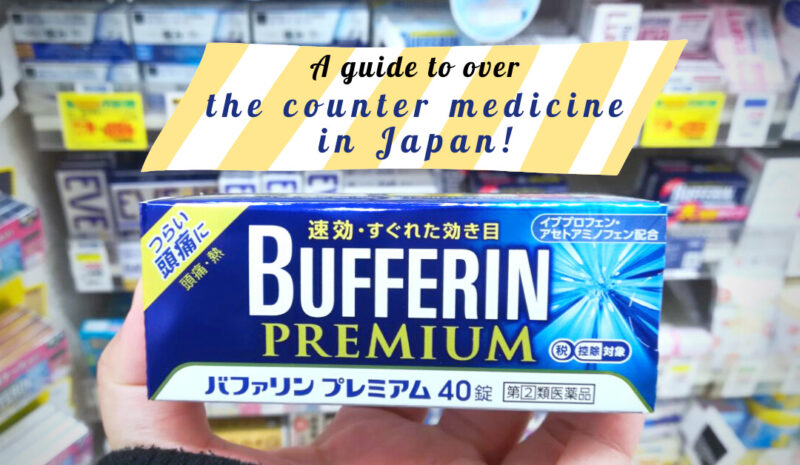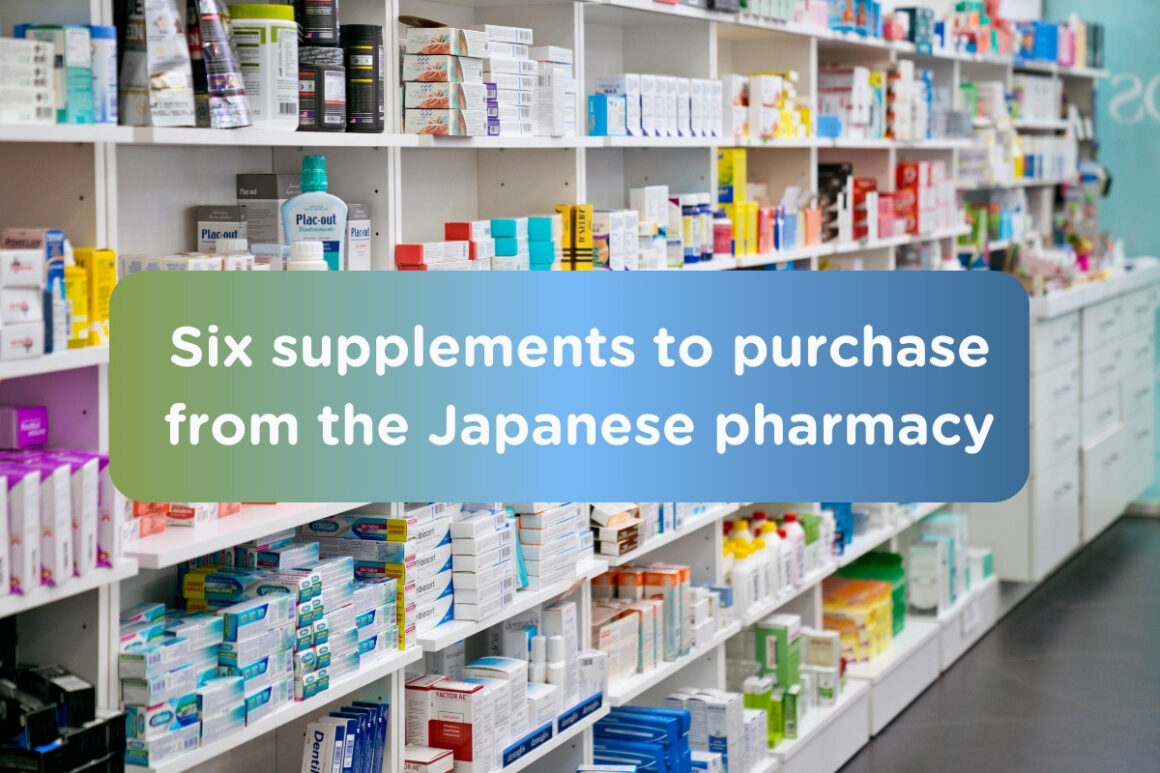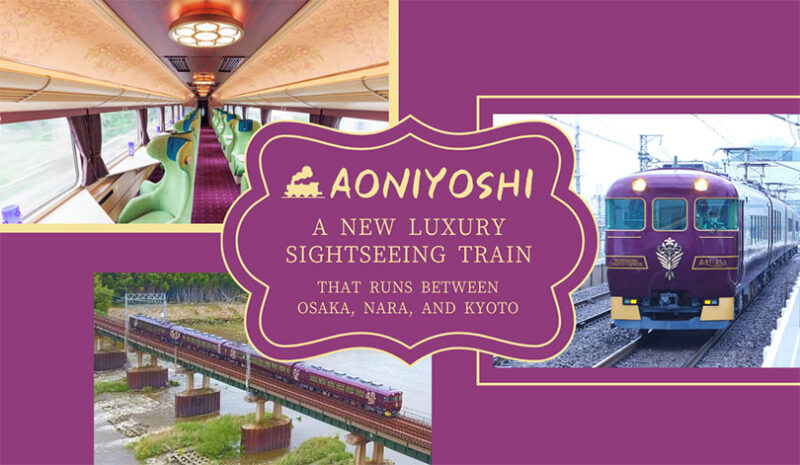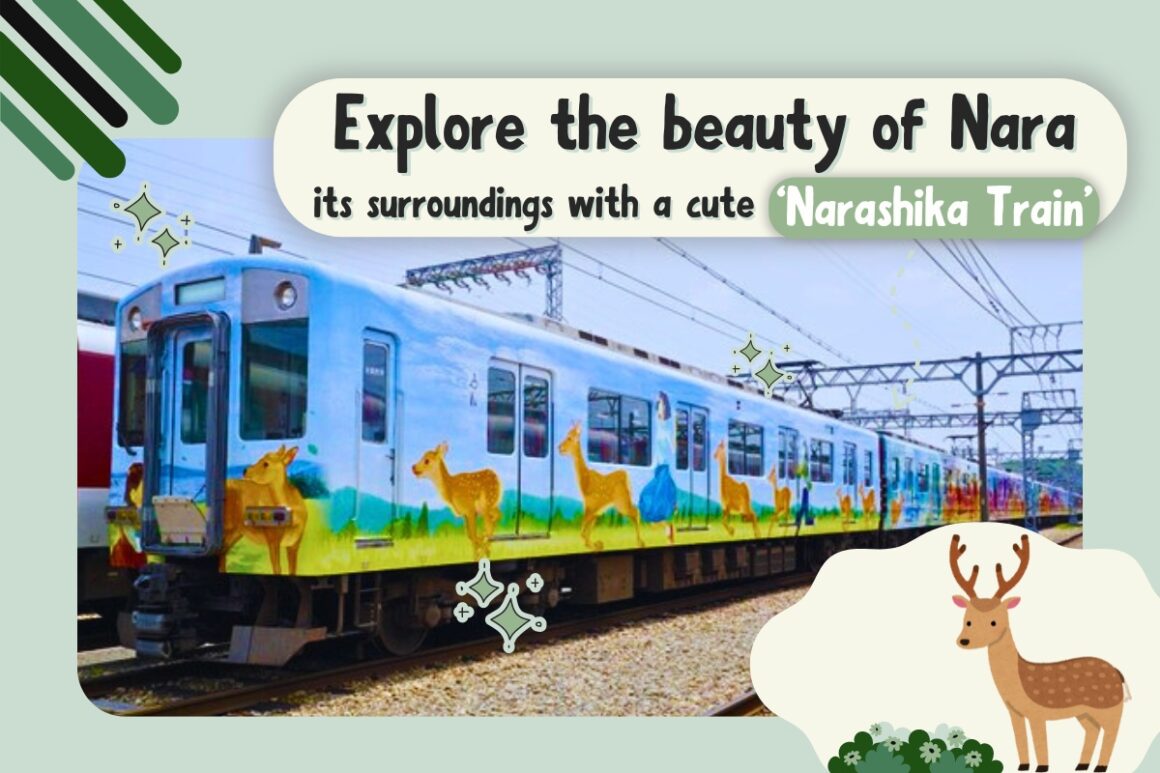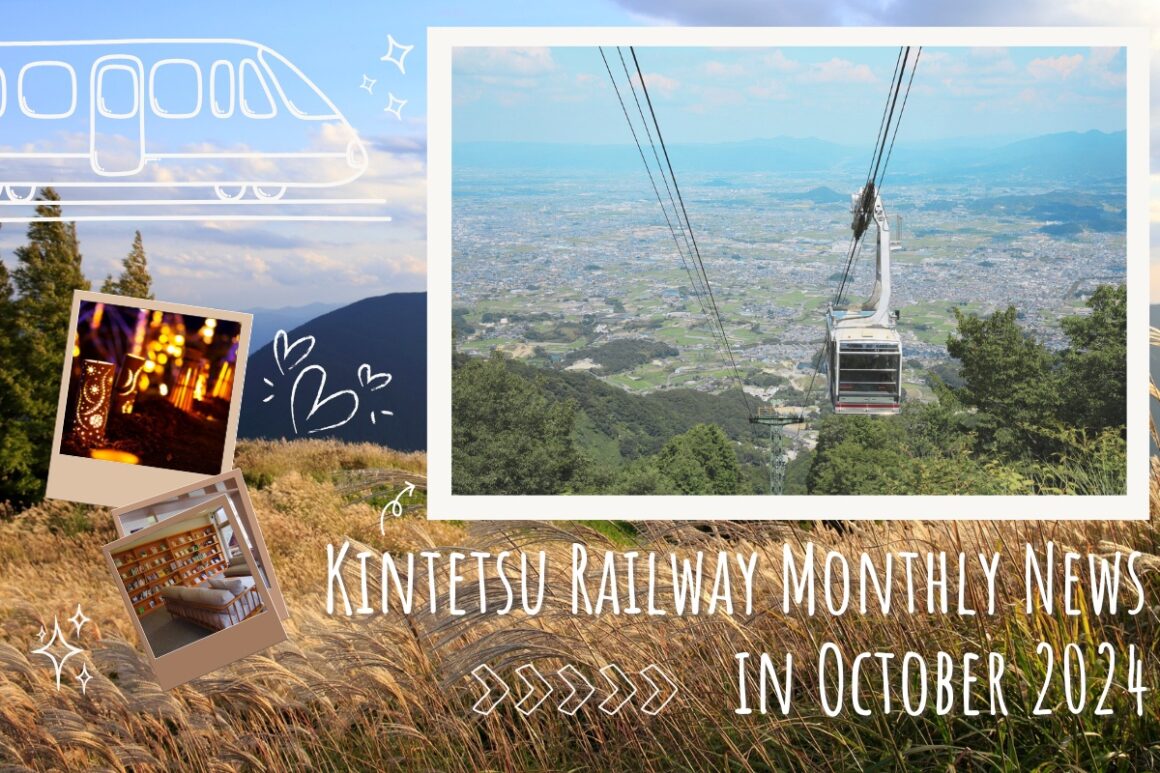10 amazing things to do in Kochi, Japan!
Aug 19, 2020
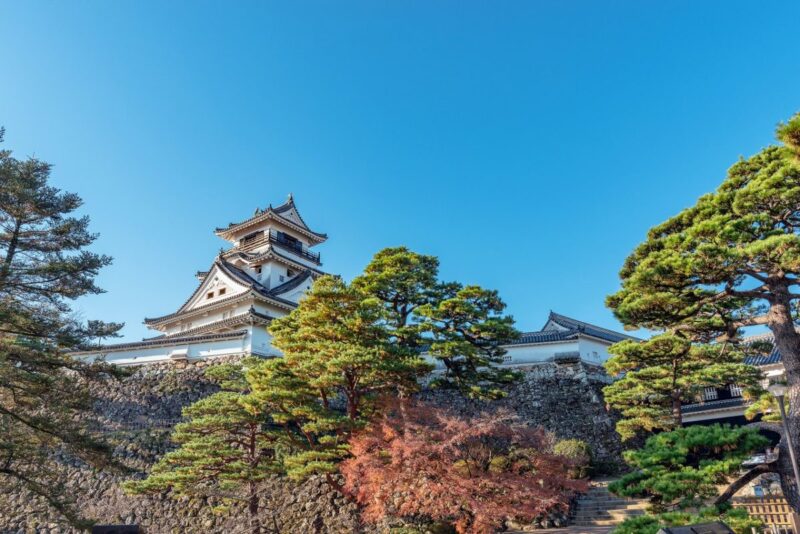
Located along the southwest coast of Japan’s island of Shikoku, Kochi is more on the countryside, and is often overlooked for its more famous neighbors. While it’s not so famous, it has a lot to offer to those looking for extra-ordinariness.
Kochi is rich in nature, history, and culture; it’s particularly famous for its abundance sunshine, crystal-clear waters, excessive amount of Sakamoto Ryoma statues, and scrumptious local treats. There’s always something to please everyone in this quiet and lovely prefecture.
Index
Recommended sightseeing spots in Kochi:
- Kochi Castle
- Hirome Ichiba
- Harimaya Bridge
- Yosakoi Festival
- Kasturahama Beach
- Sakamoto Ryoma Memorial Museum
- Yasui Valley
- Nikobuchi
- Kashiwa Island
- Odo Coast
- Katsuo-no-tataki
- Kinmedai (alfonsino)
- Kamaage chirimen
- Nabeyaki ramen
- Yuzu
How to get there
Kochi is accessible by airplanes from major airports, including Haneda (1.5 hours), Narita (1.5 hours), Nagoya (1 hour), Itami (50 minutes), Kansai (50 minutes), Kobe (50 minutes), and Fukuoka (75 minutes).
You can also take the JR Shinkansen (bullet train) to visit the prefecture, but you need to transfer to the limited express train at Okayama Station. The shinkansen trip from Tokyo takes approximately 7 hours, but it’s worth visiting if you’re looking for a quiet and less-crowded travel destination.
Recommended sightseeing spots in Kochi
Although Kochi is relatively far from Tokyo, this one prefecture of Shikoku Island is worth visiting for its extensive mountainous land, blue rivers, and breathtaking views of the sea.
In addition to its mind-blowing nature, the prefecture is packed with many superb spots like Kochi Castle, one of the oldest castles in Japan, and Hirome Ichiba, a local market that sells Kochi’s specialties for a reasonable price.
Here are our picks for the best things to do in Kochi, Japan!
1. Visit Kochi Castle
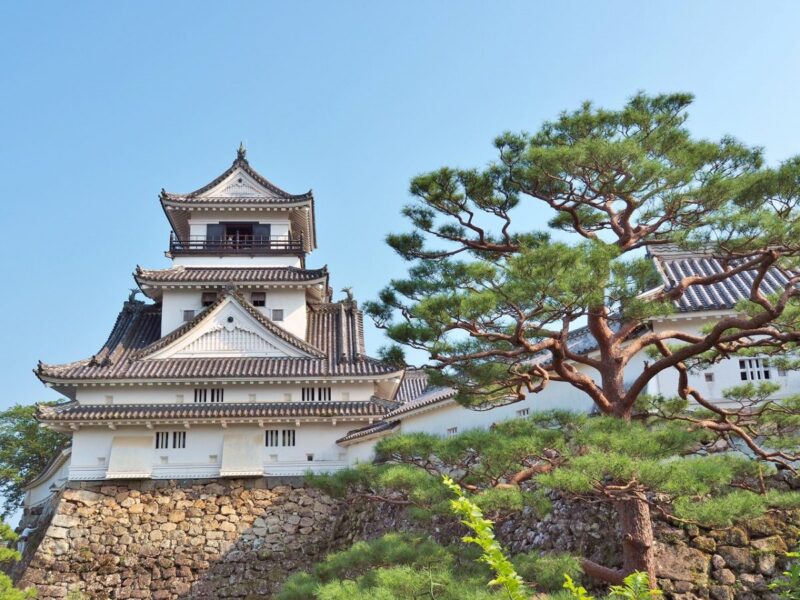
Famous as one of the few remaining original castles in Japan, Kochi Castle is notable for being one of the three castles where the original main gate survives. The castle has a long history, as the construction started in 1600. The castle was rebuilt in 1748, and 15 of the structures in the castle grounds have been designated as Important Natural Cultural Properties of Japan.
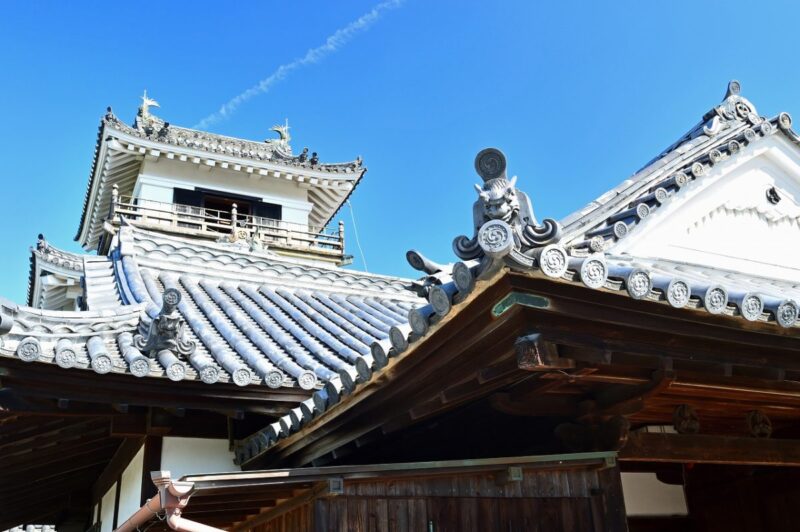
The highlights of this castle are the “shachi” located at the tops of the castle roof, which resemble fish with the head of a dragon. Shachi are sea creatures that were seen as guardians protecting the castle from fire. Right across the street of the castle itself, there’s Kochi Castle Museum of History, a museum dedicated to the history of the castle.
Kochi Castle
Business hours: 9:00 – 17:00 (last entry is at 16:30)
Closed from December 26 to January 1
Admissions: 420 yen (age 18 and over), free for age 17 and under
2. Try Kochi’s local treats at Hirome Ichiba
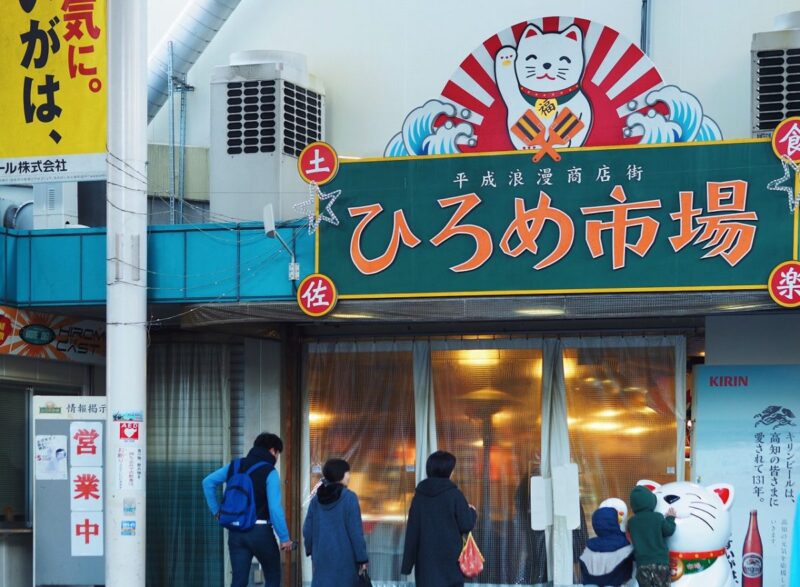
Jsita / Shutterstock.com
Another place to explore in Kochi city is the Hirome Ichiba, a local market where locals go to find scrumptious bites and cheap drinks. The market is designed and built like a food court, and it hosts around sixty stalls selling food, drinks, and local souvenirs.

Jsita / Shutterstock.com
Hirome Ichiba is a great place to enjoy local treats and meet new people, as you will be sitting on long shared tables and benches, giving you the opportunities to talk and interact with the locals.
Hirome Ichiba
Business hours: 9:00 – 23:00 (weekdays, Saturdays, and national holidays), 7:00 – 23:00 (Sundays)
Closed on New Year’s Day. The market has additional holidays for around 6 days per year, please refer to the official website for more details.
Admissions: free
3. It’s all for the gram: take pictures at Harimaya Bridge!
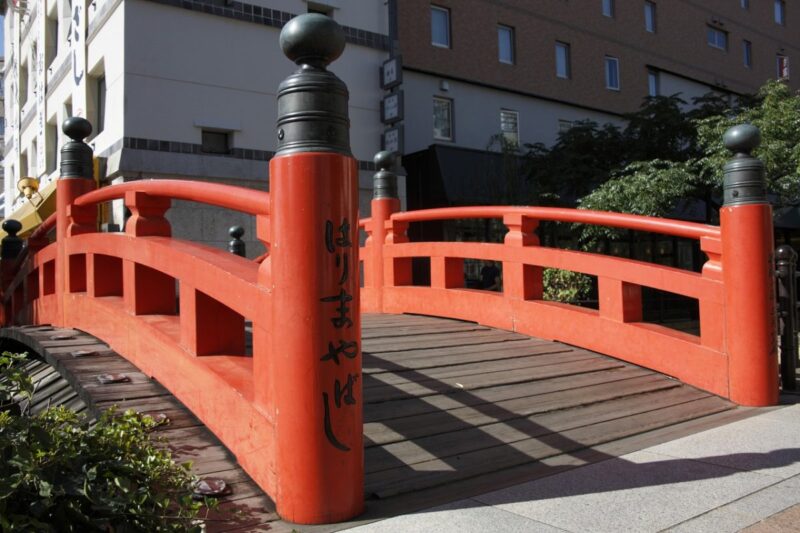
Despite its unimpressive look, Harimaya Bridge is one of the most famous romantic power spots in Kochi, known for its role in a local folktale and song “Yosakoi-bushi”. The song talks about a legendary and forbidden love story between a monk and a local woman in Kochi, and it uses the bridge as the setting of the song.
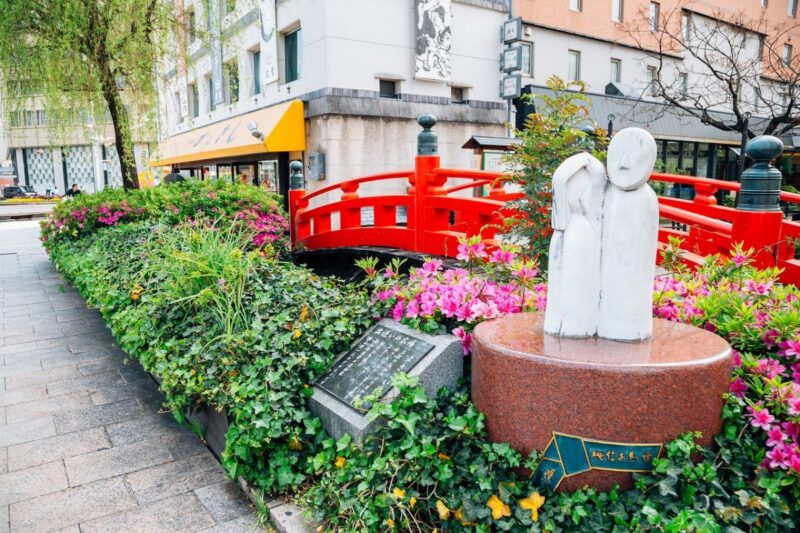
Sanga Park / Shutterstock.com
The vibrant vermillion bridge has now become one of the most popular and photogenic spots in Kochi, and many tourists visit this bridge just to flex for the gram.
Harimaya Bridge
Access: about a 10-minute walk from JR Kochi Station
4. Celebrate the summer with Yosakoi Festival
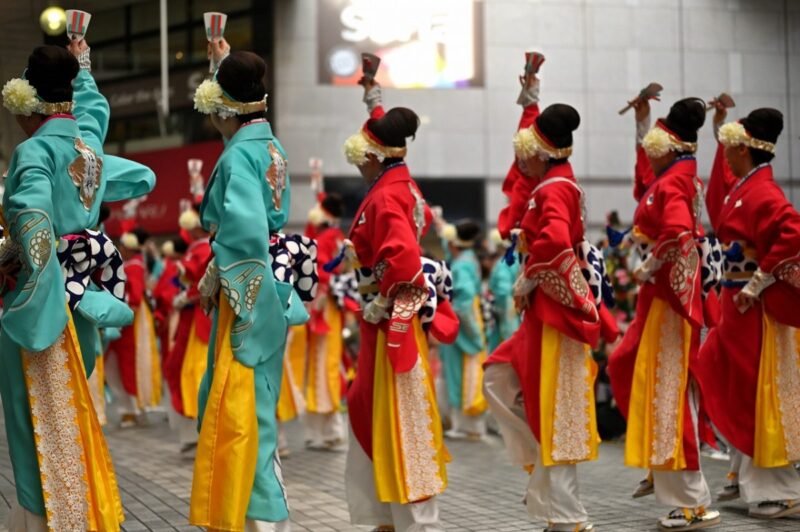
Yosakoi festival is a large-scale festival of Kochi Prefecture that is held annually from August 9 to August 12 in Kochi City. The festival draws approximately 20,000 dancers from across Japan every year, and recently its popularity has reached other countries abroad.
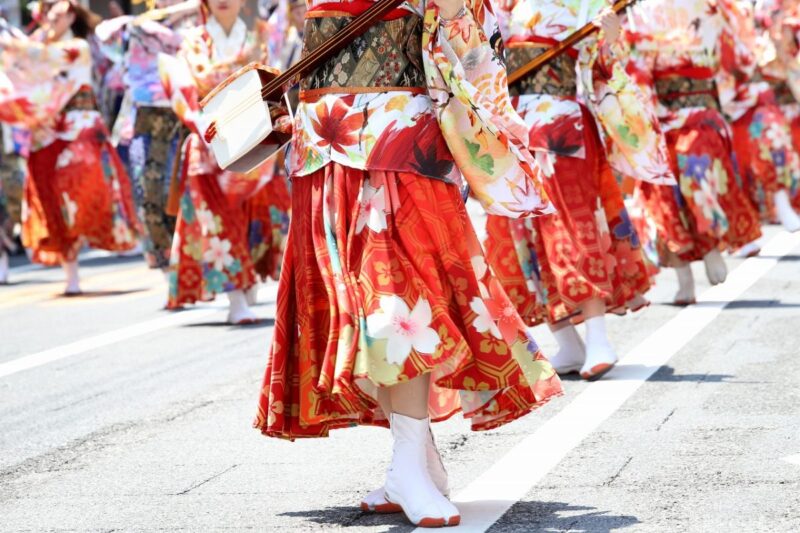
Each dance team has their own costumes and choreography, representing their city with their own performance style. There are also colorfully decorated music trucks, called jikatasha, which are another highlight of this festival.
The whole town turns into a colorful and powerful live-house performance of dance and music during this festival, so it’s something you need to experience for yourself!
Yosakoi Festival
Held annually from August 9 to August 12
*The 67th Yosakoi Festival (2020) is cancelled due to COVID-19
5. Visit Katsurahama Beach and gaze out over the Pacific Ocean
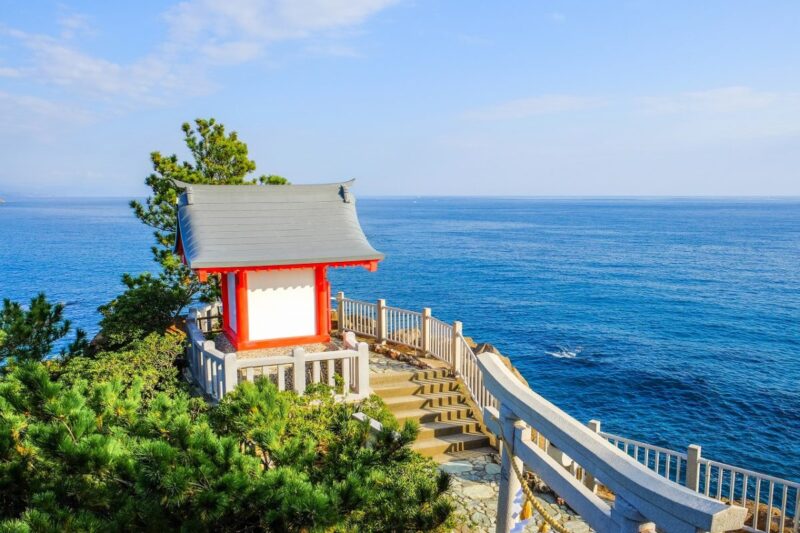
Katsurahama is the most famous beach of Kochi, and it’s apparently located near the last stop of the MY-YU Bus route. Also known as one of the most picturesque spots in Kochi prefecture, the beach is a popular venue for viewing the moon and star gazing at night. Katsurahama has a cliff and a small Japanese shrine called Ryuogu Shrine at the far end, which is accessible by a walking path.
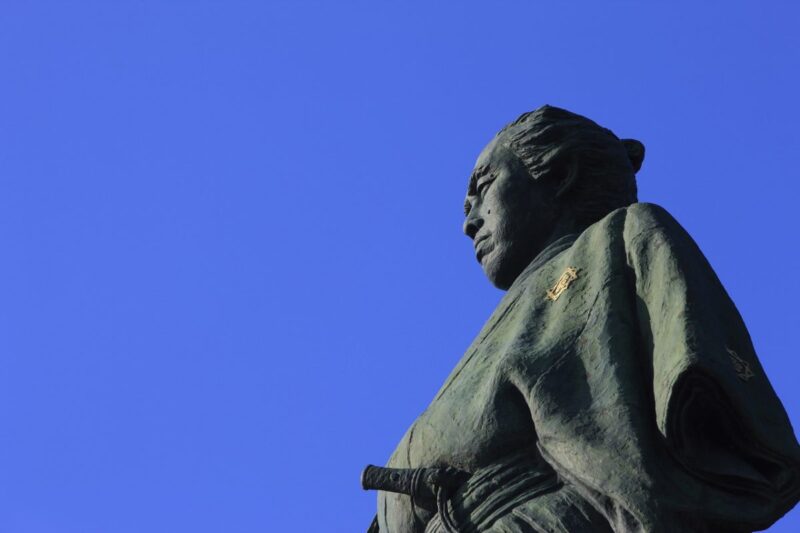
The beach is also famous for the bronze statue of Sakamoto Ryoma, the legendary samurai of Kochi Prefecture. However, although this beach is very popular in Kochi, nobody goes there to swim as the strong waves make it a dangerous place to do so.
Katsurahama Beach
Access: about a 30-minute drive from Kochi IC on Kochi Expressway; a short walk from Katsurahama bus stop (MY-YU Bus)
6. Stop by Sakamoto Ryoma Memorial Museum

Sanga Park / Shutterstock.com
When visiting Katsurahama Beach, don’t forget to stop by Sakamoto Ryoma Memorial Museum, a museum dedicated to Sakamoto Ryoma, a legendary samurai who was born in Kochi.
The museum displays important artifacts related to Sakamoto Ryoma, including letters he wrote to his older sister Otome. Having the most extensive collection of Sakamoto Ryoma’s original letters and artifacts in the entire country, the museum earned “Temple of Ryoma” as a nickname.
Sakamoto Ryoma Memorial Museum
Business hours: 9:00 – 17:00 (last entry at 16:30)
Open throughout the year
Admissions: 700 yen (age 18 and over; during planned exhibitions); 500 yen (age 18 and over; when there are no planned exhibitions); free for age 17 and under
7. Have a “zen time” at Yasui Valley

Need to refresh your body and soul? How about having a “zen time” at Yasui Valley?
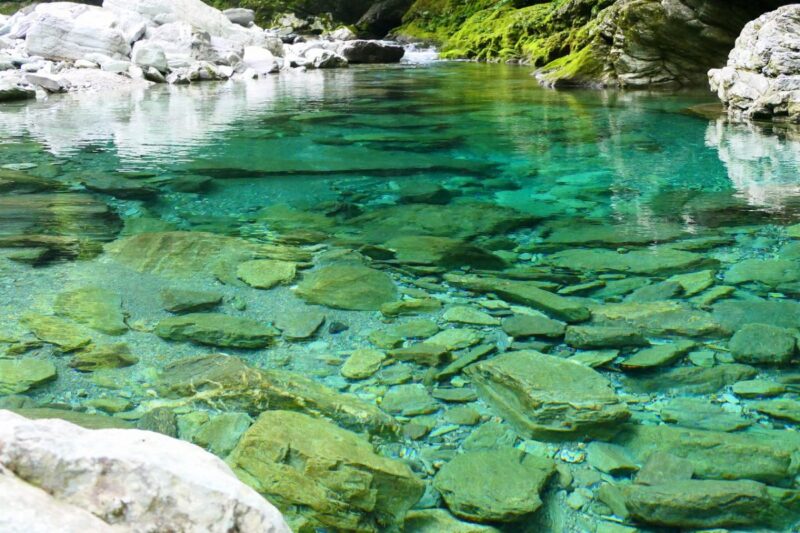
Known as the most popular fall foliage spot in Kochi, Yasui Valley is famous for its sheer moss-covered cliffs, fallen boulders and primeval forest, and its crystal-clear river waters, where you can see the stones on the riverbed.
Yasui Valley
Access: about a 70-minute drive from Ino IC on Kochi Expressway
8. Admire the crystal-clear waters of Nikobuchi
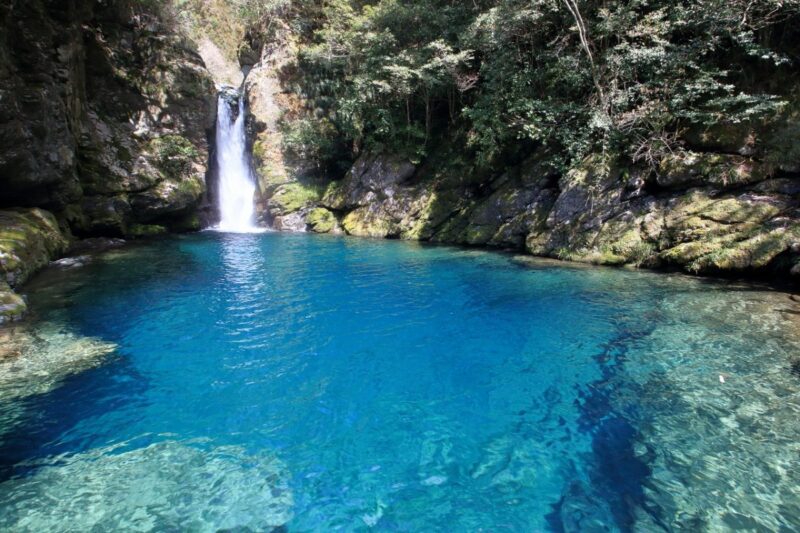
How about visiting Nikobuchi to see the crystal-clear water of Niyodo River?
Also known as “Niyodo Blue”, Niyodo River is famous for its miraculously clear blue water. Nikobuchi is only a part of the river, but it’s particularly known for its mystical waterfall basin with a surface that shines like azure as the light changes.
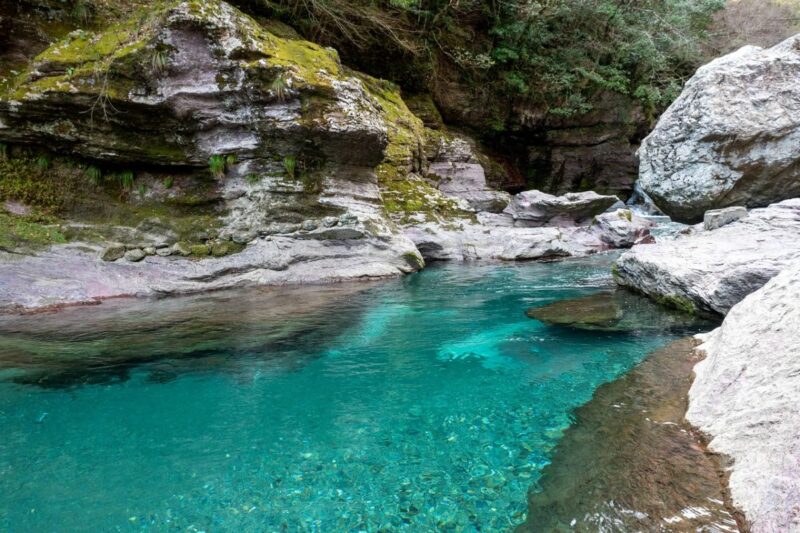
The water of Nikobuchi is so transparent that you can still see the bottom of it. The best time to visit this spot is in the afternoon when the sunlight shines down directly onto the water.
Swimming is prohibited here since the locals consider Nikobuchi as a sacred place.
Nikobuchi
Access: about a 1-hour drive from Ino IC on Kochi Expressway or about a 20-minute walk from Hodono Iriguchi bus stop (Tosaden Kotsu Bus)
9. Enjoy water sports in Kashiwa Island!

Kashiwa Island is a small island in Kochi prefecture that is connected to the mainland by a bridge, so you can easily visit this beautiful island by car.
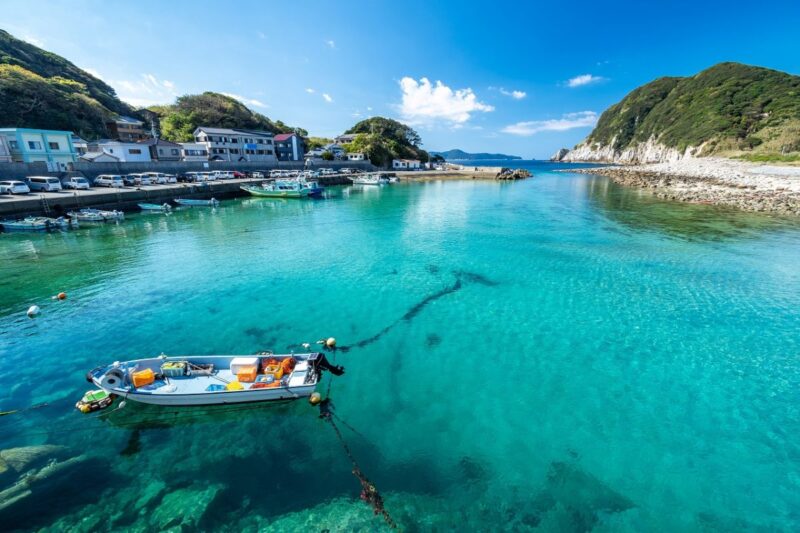
Known for the transparency of its ocean water, Kashiwa Island has about 1000 different species of fish and colorful coral reefs, making it a great place for diving, snorkeling, and fishing.
Kashiwa Island
Access: about a 2-hour drive from Shimantocho-chuo IC on Kochi Expressway
10. Breathtaking view of the Pacific Ocean at Odo Coast
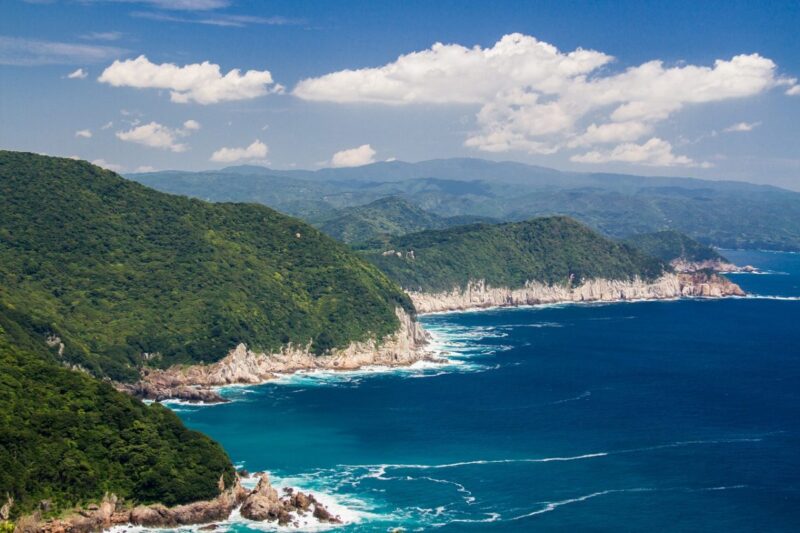
How about enjoying the breathtaking view of the Pacific Ocean before you leave Kochi for good?
Famous for its contrasting view of the blue Pacific Ocean and dramatic sheer white cliffs, the Odo Coastline is a popular spot for rock climbing in recent years.
The observatory deck there offers marvelous views of the Pacific Ocean and the cliffs, which are viewable from many different angles. If the weather is nice and you have more money to spend on this spot, we recommend taking the boat tour to enjoy the area even more!
Odo Coast
Access: about a 2.5-hour drive from Shimantocho-chuo IC on Kochi Expressway or a 25-minute walk from Kannonbae Iriguchi bus stop (Kochi Seinan Kotsu Bus)
Public transporation guide (PDF)
Kochi’s best local treats
Kochi is blessed with a warm climate and an excellent natural environment, and the prefecture is rich in local products harvested directly from the Muroto Sea, or its mountains and rivers. From katsuo-no-tataki to yuzu, wherever you go, scrumptious local treats await in Kochi. Here are our picks for the best foods to try when visiting Kochi!
1. Katsuo-no-tataki
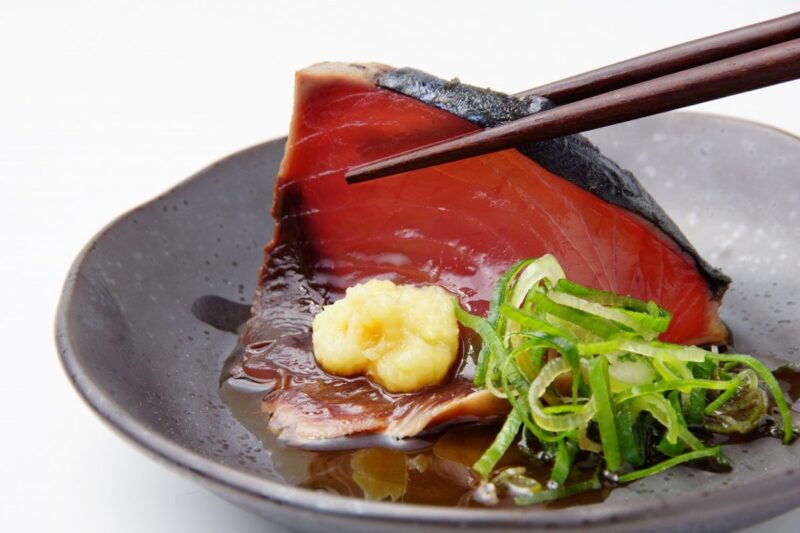
Katsuo-no-tataki is perhaps the most famous food of Kochi, and it is served together with thinly sliced raw onion, scallions, grated wasabi, shiso (perilla) leaves, and myoga ginger. The grilled katsuo (bonito) fish is seared on the outside and rare in the center, and is thickly sliced and coated either in sea salt or a ponzu soy sauce. You can find katsuo-no-tataki across the prefecture.
2. Kinmedai (alfonsino)

Kinmedai (金目鯛) is perhaps the most famous seafood products of Muroto sea and it has a beautiful red color. Also called red bream or alfonsino, the fish is available throughout the year, but the best season to enjoy it is in between May and July, when the fish is at its plumpest before it begins egg-laying. Unlike other white meat fish, kinmedai has the fattest white meat with a distinctive light and delicate taste and texture.
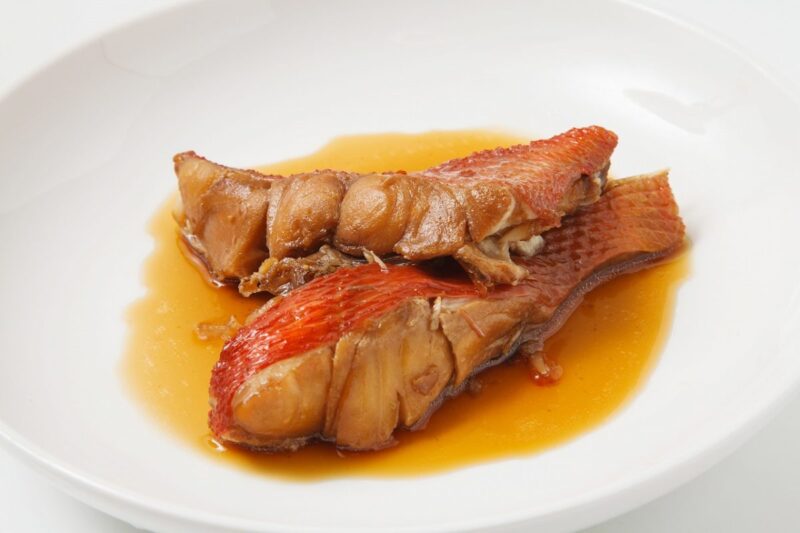
Kinmedai is usually cut into sashimi, or simmered in a salty-sweet teriyaki sauce.
3. Kamaage chirimen

Kamaage chirimen is made of boiled dorome. Dorome is the term people use in Kochi for whitebait with 2-3 cm in length. Called as kamaage shirasu in the Kanto region, kamaage chirimen is usually eaten together with steamed rice, miso soup, simmered vegetables, and tsukemono (Japanese pickles).
4. Nabeyaki ramen
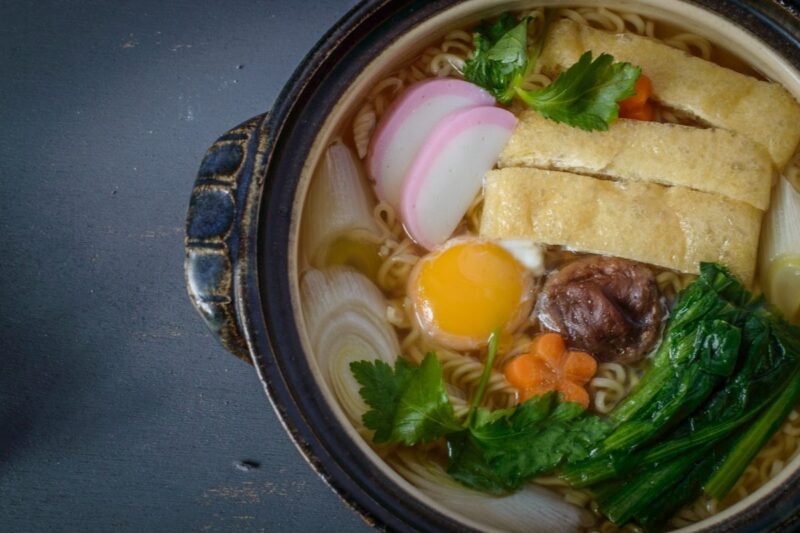
Nabeyaki ramen (鍋焼きラーメン)is the local specialty of Susaki city, and what makes this ramen special is its serving method. Served in a single-serving clay pot, the soup of nabeyaki ramen is made from chicken broth and soy sauce, with fish cake, green onions, vegetables, and a raw egg.
5. Yuzu
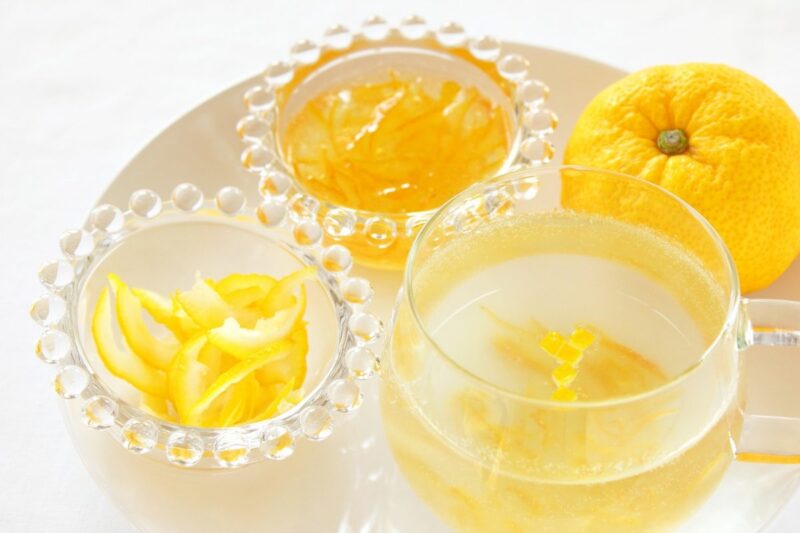
Kochi is the largest producer of yuzu citrus across Japan, and is considered a staple in Kochi’s local treats. Sometimes turned into a variety of condiments, you can find yuzu in Kochi’s local treats and beverages.

Famous for its refreshing aroma and strong acidity, a lot of drinks use yuzu to add a balanced refreshing, yet gentle bitter flavor into the drinks. One of the most famous yuzu drinks is yuzu tea, which is usually served warm with honey or sweetened yuzu. If you’re not a fan of tea, you can try yuzu liquors and shochu, which are purchasable at souvenir stores and convenience stores in Kochi. Sometimes yuzu is used as an ice cream topping too.
Now that you have an idea of how many fabulous spots are in Kochi, all you have to do is plan your itinerary to enjoy unforgettable experiences in Kochi!
